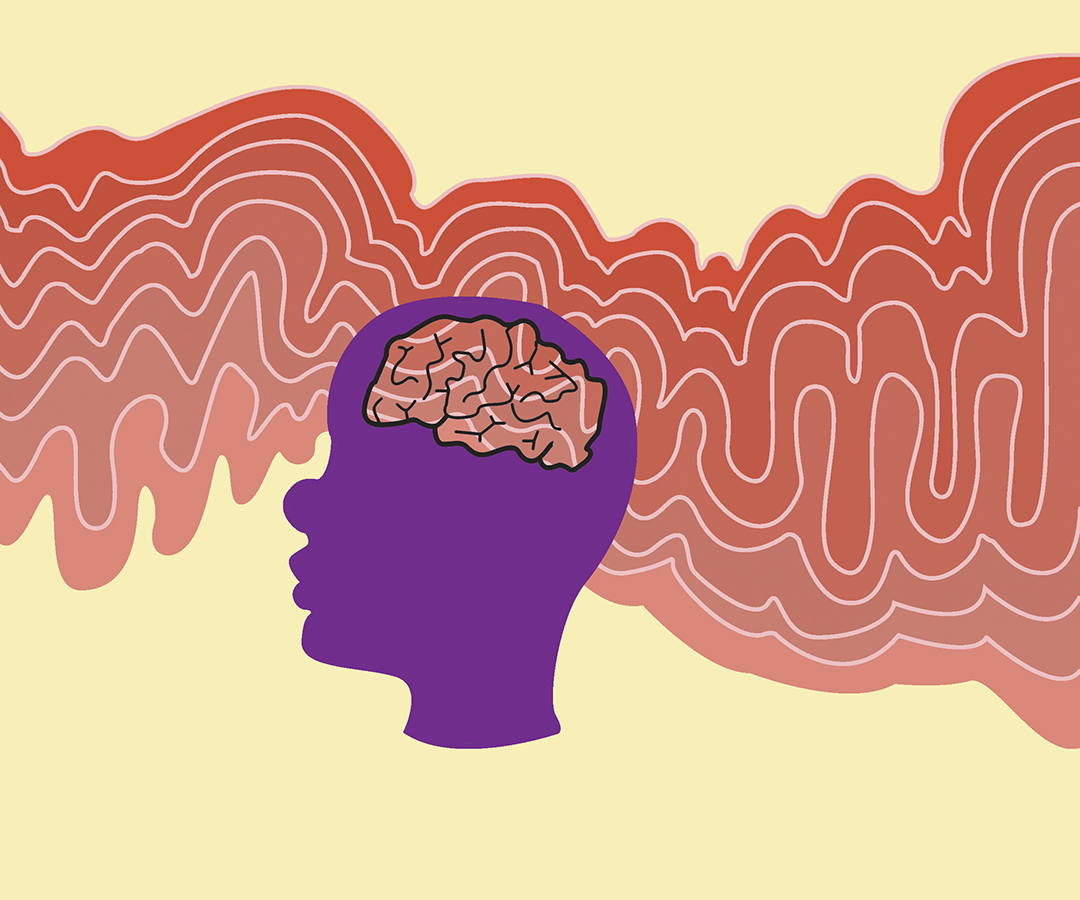A new study by two Concordia researchers has uncovered some important findings about musical learning and cognitive functions.
Lucía Vaquero and Virginia Penhune, researchers in Concordia’s Department of Psychology, recently published a study in NeuroImage that reveals the link between the structure and size of white matter in the brain and the learning of melody and rhythm.
“We wanted to explore music learning in non-musicians, because there had been previous investigations linking structural connectivity to music learning and music practice, but [only] in musicians compared to non-musicians,” said Vaquero.
To do this, the researchers recruited non-musicians aged 18 to 35 years old in the Barcelona area. Participants completed a brain scanning session using an MRI scanner, then performed a series of musical tasks.
After the tests, Vaquero used software to “virtually dissect” the brain of each participant. In particular, she analysed the structure of the arcuate fasciculus, which connects the frontal, temporal, and parietal regions of the brain and is thought to play a role in the learning and production of language and music.
Vaquero and Penhune found “the right arcuate fasciculus as being in charge of both melodic and rhythmic learning, which is important because this seems to indicate that the basic networks and wiring for learning music are present in everybody.”
Penhune directs the Penhune Laboratory for Motor Learning and Neural Plasticity. She is also affiliated with the International Laboratory for Brain, Music and Sound Research (BRAMS), also known as the Centre for Research in Brain, Language and Music (CRBLM). As for Vaquero, she arrived in Montreal four years ago from Barcelona on exchange while completing her PhD.
The experiment was performed in Spain because that’s where Vaquero was studying at the time. She said musical culture differs greatly from one place to another and thus in different countries, learning musical tasks could have been easier or more difficult for non-musicians. This does not invalidate the results of the experiment, since the participants’s musical experience was taken into account.
Currently, the researchers are focusing on another study comparing bilingual people with and without musical training. They want to explore the brain’s ability to adapt to change by forming new connections. The idea is “to study if the brain can change even after two specific trainings, or if there’s some kind of limit for those plastic changes,” said Vaquero.
Graphic by @spooky_soda




